Before we jump in what the “Pelvic Tilt” is,,,
Please note that what I want you to get out of today’s tip is what the “consequences” of these tilted positions (for a prolonged time) are.
You might already know what a “Pelvic Tilt” is, or mean, but the significance of it and how it affects the whole body continues to be a hot topic among health/ fitness professionals.
Below is is a side view of a super simplified description what a “Pelvic Tilt” looks like.
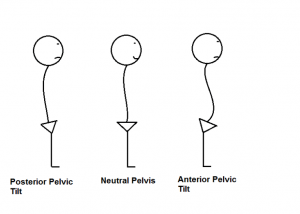
Left: Posterior Pelvic Tilt
Centre: Neutral Pelvis
Right: Anterior Pelvic Tilt
You can see, how the angle of the Pelvis, influences the curvature of the spine. (Consequence 1)
Usually, we all have a tendency to fall into either anterior or posterior tilt.
Now, imagine yourself in countryside Africa, having to carry a load on top of your head.
 You might have never tried this, but you can imagine.
You might have never tried this, but you can imagine.
Now, go back to the first image and think which pelvic angle you would want to have in this situation.
Which angle looks suitable and the least damaging??
Now, we are fortunate enough to live in a world where we rarely encounter this type of situation, but we still need to keep in mind our “head” is as heavy as a “bowling ball”.
You need to know the BIG advantage of maintaining a neutral pelvis for your postural health and vice versa.
The more you spend time in a tilted pelvic position, the more your core muscles become weaker to maintain neutral pelvis poison and the more you will face issues along the spine (low back, mid back, upper back, and neck,,,, sound familiar??) (Consequence2)
In addition, your posture-related muscles adapt to whatever posture you are in the most, creating many muscular imbalances throughout the body. (Consequence3)

This is no exception with sitting.
 You may say “it is so hard to maintain a good sitting posture for long “.
You may say “it is so hard to maintain a good sitting posture for long “.
You are absolutely right. Us humans weren’t designed to sit for prolonged periods of time, of course, it’s difficult!!
What you can start from today is to start observing yourself.
This first step is to become aware how much time you may be spending in a tilted pelvic poison.

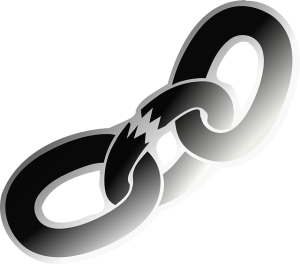 Start thinking how this durable structure (Pelvis) could become compromised by what we may be doing daily and constantly, adding more pressure to those
Start thinking how this durable structure (Pelvis) could become compromised by what we may be doing daily and constantly, adding more pressure to those  You can see in this picture how the
You can see in this picture how the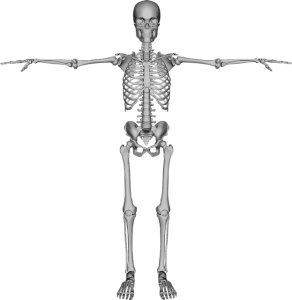
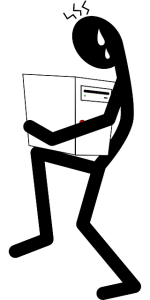 What happens when we take full advantage of things without knowing the consequences?
What happens when we take full advantage of things without knowing the consequences?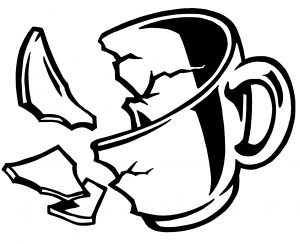


 Awwwww♡
Awwwww♡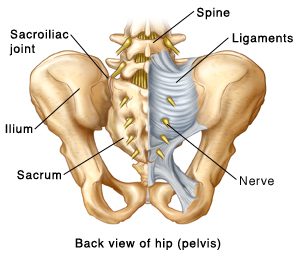
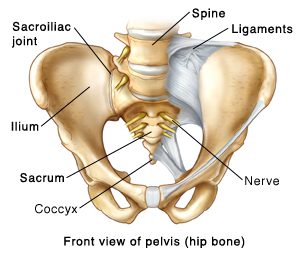
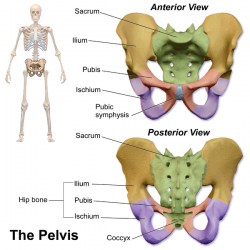
 As adults, we are left with a set of
As adults, we are left with a set of